Description
Longue garde et millésime exceptionnel pour un vin légendaire, qui a obtenu sept fois la note maximale de 100 points Parker. Avec un profil plus dense et opulent que son voisin Haut Brion, La Mission Haut Brion est un vin mythique, très apprécié des connaisseurs. Des notes fumées typiques de son terroir et une élégance extrême sont les caractéristiques de chaque millésime. Très convoité par les collectionneurs, le millésime 2000, par exemple, est coté à environ 6 000 euros sur le marché. Lisa Perrotti-Brown (The Wine Advocate), après sa dégustation en fûts en mars 2021, lui a attribué une note de 99 points Parker. Sera-t-il le huitième millésime à atteindre le sommet ?
Fiche technique
Dégustation
Vignoble et élaboration
L'avis des experts
The 2018 La Mission Haut-Brion is a blend of 53.5% Merlot, 42.9% Cabernet Sauvignon and 3.6% Cabernet Franc. Deep garnet-purple colored, it emerges from the glass with a first wave of stewed black and red plums, mulberries and black raspberries scents, followed by pronounced notions of warm cassis, clove oil, violets and chocolate box, with hints of cast-iron pan, pencil lead and forest floor coming through after a few minutes. The medium to full-bodied palate shimmers with energy, delivering layers of red and black fruits with earthy and mineral sparks and a texture so satiny you need to remember to look for it, finishing with amazing vibrancy. This is so wonderfully evocative and singular, and yet it feels like its holding something back. It makes for an impressive glass right now, but give it a good 5 years in bottle to allow further nuances to emerge and expect it to seriously reward those who can wait a good 12-15 years, when it should really hit its stride.
Enticing aromas of currant, crushed stone, blueberry, lead pencil, iodine and graphite follow through to a full body with round, chewy tannins that are polished and powerful, yet balanced and beautiful. In the end, the tannins are compact and tight at the finish. But you want to drink it. Try after 2027, when it will open.
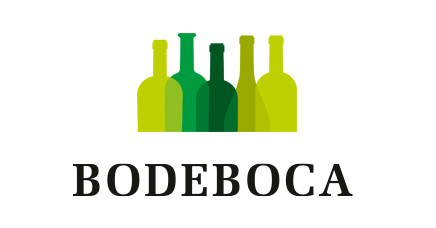
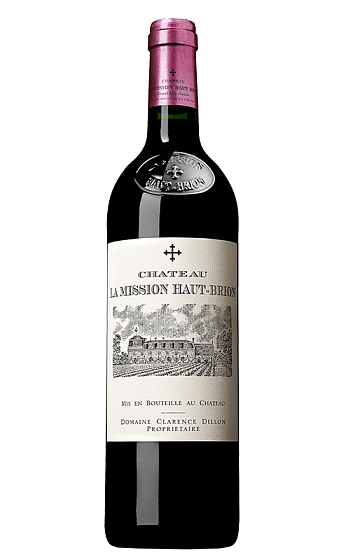


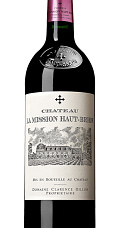
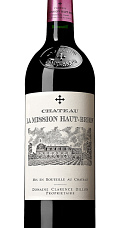
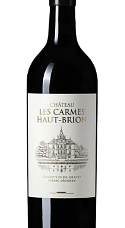
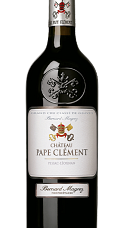



Millésimes: 2022 2021 2018 2016
Nos membres n’ont pas encore laissé de commentaires pour ce millésime. Cliquez sur les millésimes précédents pour accéder aux commentaires.
Nos membres n’ont pas encore laissé de commentaires pour ce millésime. Cliquez sur les millésimes précédents pour accéder aux commentaires.
Nos membres n’ont pas encore laissé de commentaires pour ce millésime. Cliquez sur les millésimes précédents pour accéder aux commentaires.
Nos membres n’ont pas encore laissé de commentaires pour ce millésime. Cliquez sur les millésimes précédents pour accéder aux commentaires.